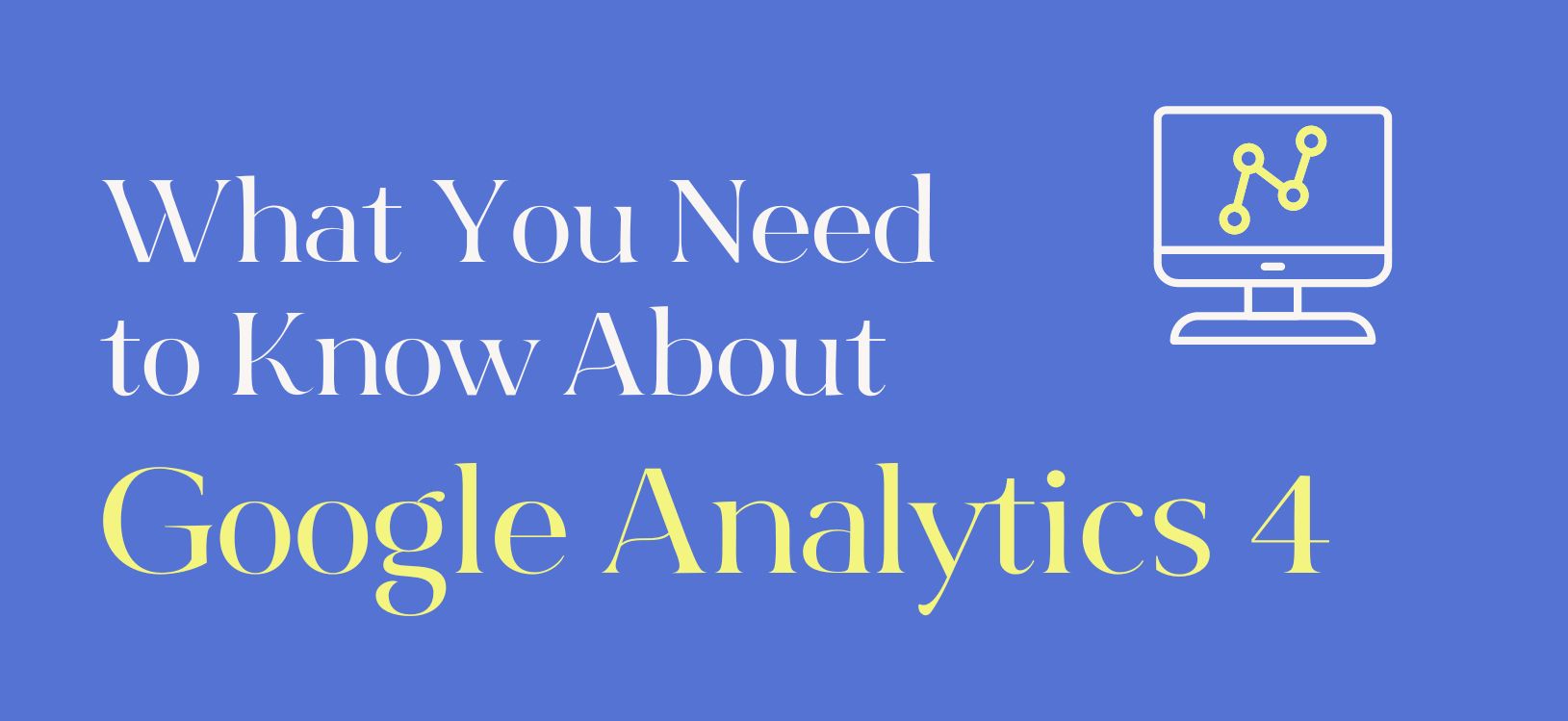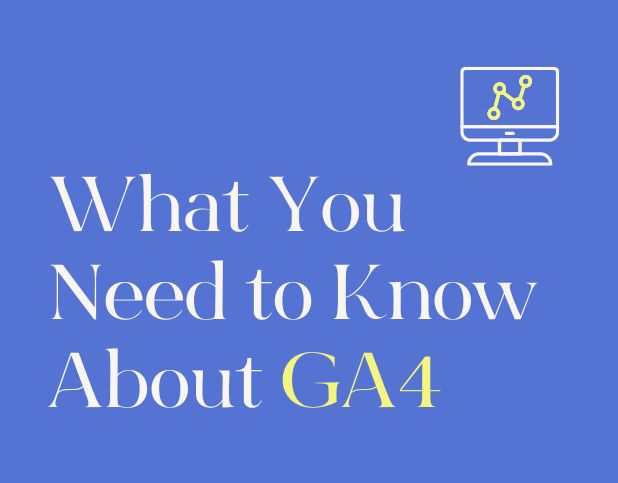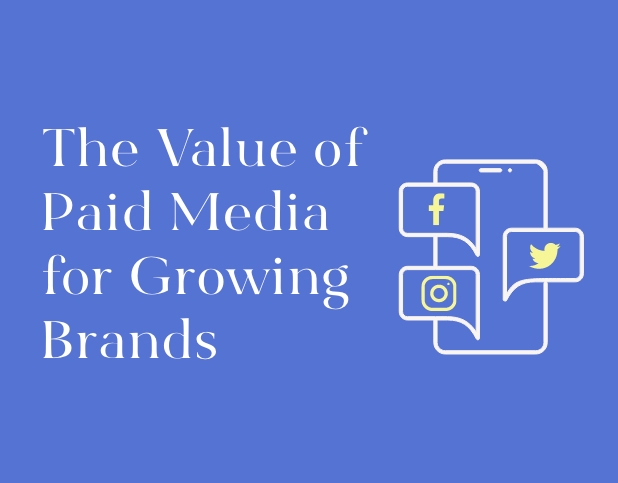At this point, you’ve probably heard or read about Google Analytics 4 (GA4). It’s the talk of the town, the digital marketing town anyways. Maybe you haven’t, and that is okay – you’re here now! What you need to know is that the Google Analytics you know and love (aka “Universal Analytics” or GA-UA) will officially stop collecting data on July 1, 2023, and new data will only be visible through GA4. So what is it? How can you make the switch? And more importantly, how is GA4 different from Google Analytics? Keep reading to find out!
What is Google Analytics 4 (GA4) and how is it different?
New privacy and data protection policies such as GDPR and CCPA have changed the way websites collect and use data. GA4 keeps user privacy top of mind while still giving marketers key insights to make better decisions. Here are some of the features you can look out for in GA4:
Key Metrics: The key metrics that marketers are used to analyzing will be reported differently. These are a few examples:
- Behavior metrics: some metrics like bounce rate will no longer be reported. Instead, GA4 will now report on engaged users, engagement rate, and engaged sessions per user. Essentially, instead of reporting on how many users did not engage with the website, Google will now report on users who did engage. Other metrics going away are pages per session and avg. time session duration.
- Users: Both GA4 and GA-UA both track users, however the way that users are reported is different. GA-UA considers “users” as total users while GA4 reports active users as “users”.
- Conversions: One of the most essential metrics to tracking success, the way conversions are measured is also changing. With GA-UA, a conversion is a “goal” that is created and is only measured once in one session. GA4 will measure conversions as “events” and conversions may be tracked multiple times in a given session.
Predictive Capabilities: While reports on Google Analytics have always been robust, GA4 stepped up its game with its predictive capabilities. Through GA4, you can pull reports to gain information about users who are more likely to purchase next, churn probability, and purchase probability.
Customer Journeys: GA4 is built to help you understand your customer journey across several devices (we are very excited about this!) For example, through GA4, marketers are able to see when a user finds your site through a mobile device but completes the purchase through a desktop or maybe even a mobile app. Note: user ID must be enabled and additional set-ups are required.
Do you need to make the switch to Google Analytics 4?
Google Analytics 4 has been a long time coming and is here to stay. The sooner the switch is made, the better! Why? As mentioned above, the way that data is collected varies from Google Analytics Universal. As a decision-maker, you want to have the most data available to make comparisons quarter over quarter or even year over year.
How can Google Analytics 4 help you make more informed decisions?
Google Analytics is at the core of decision-making when it comes to online brands taking informed decisions. Making the switch sooner will not only allow you to compare data better but will also allow you to prepare before Google makes the switch. Want to learn more about the switch and how we can help? Reach out at hello@buzzshift.com.
About BuzzShift
BuzzShift is a digital growth strategy agency with a focus on mid-market, scaling DTC Brands. By combining the ideologies of branding, performance marketing, and retention agency, we are able to create memorable experiences with measurable results, and build long-term success for our clients with scalable, sustainable growth. Learn more about BuzzShift.







